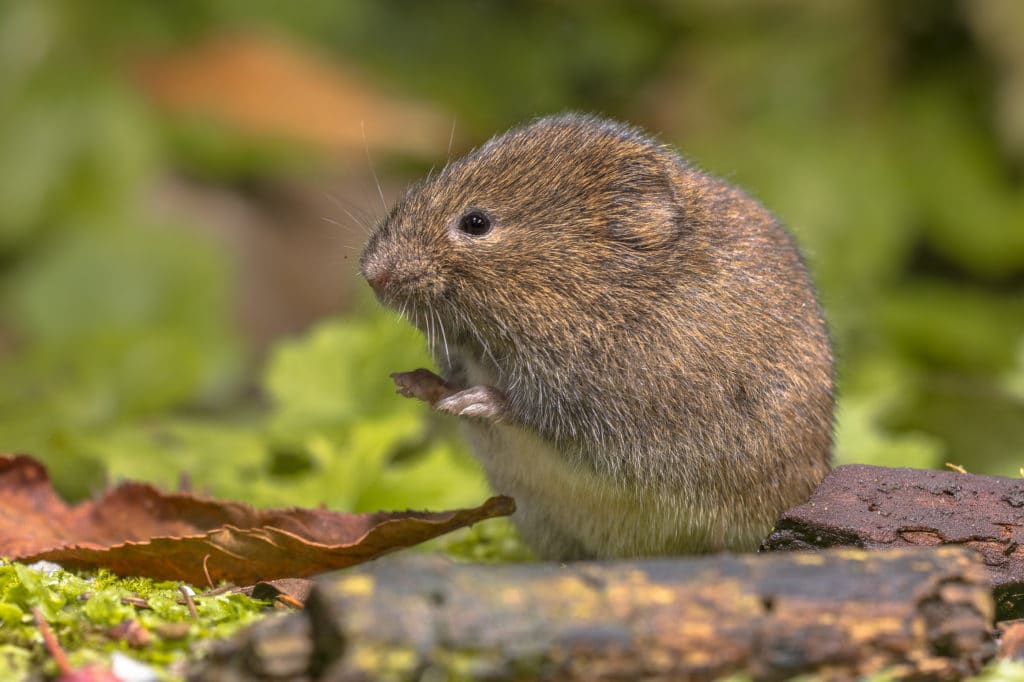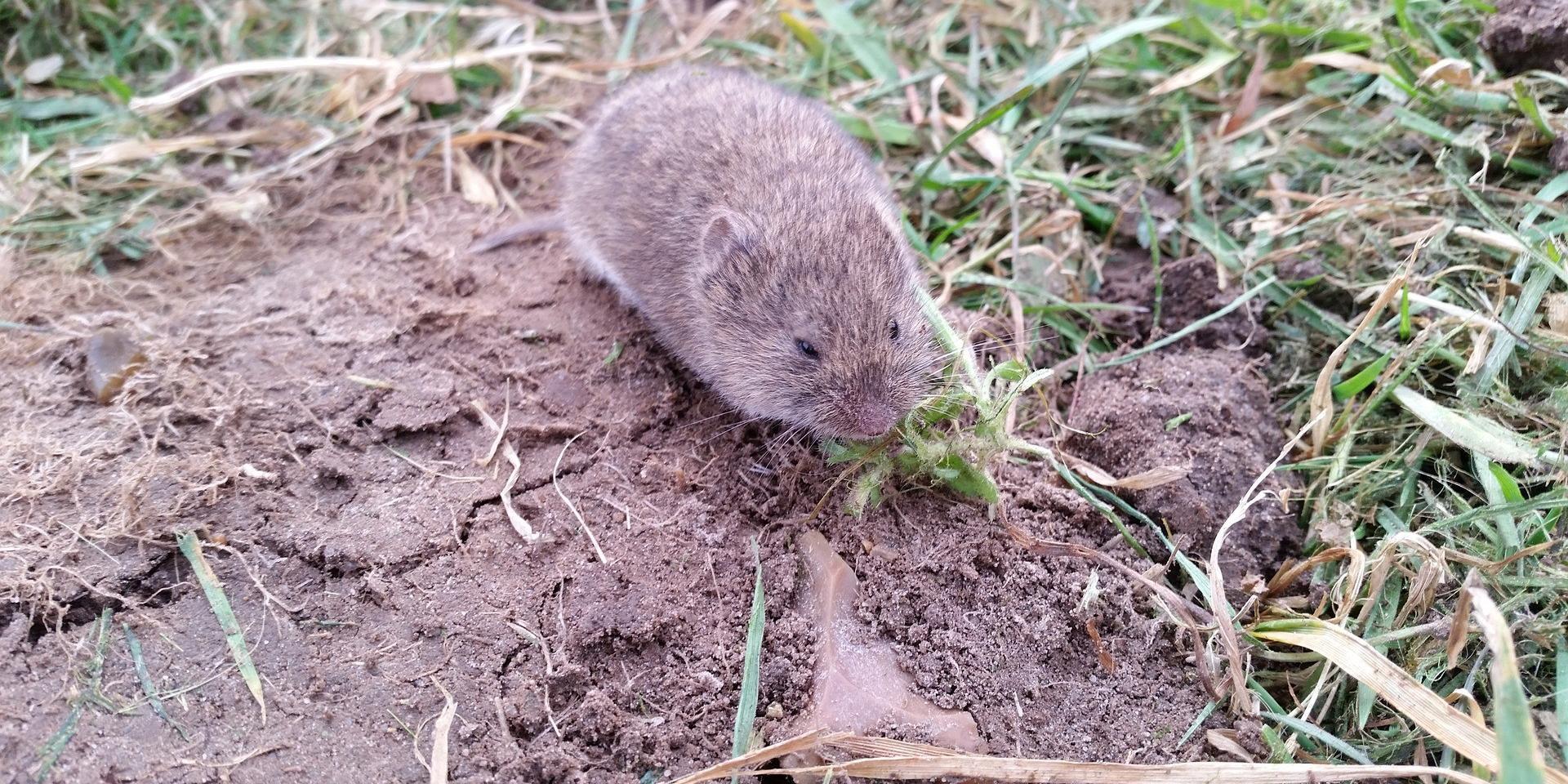Comprehensive Guide to Effective Vole Bug Control: Problem Identification and Treatment Techniques
In the realm of reliable parasite control, vole invasions posture an unique challenge that requires a tactical method. By exploring the nuances of vole actions, comprehending crucial signs of infestation, and examining a variety of control options, one can develop a detailed method to battle these elusive parasites.
Comprehending Vole Habits
Vole actions is defined by their burrowing habits and quick reproduction rates, making them a tough parasite to manage efficiently. These small rodents typically create elaborate passage systems underground, using them for shelter, food storage space, and transport. Voles are herbivores, consuming a selection of plants, origins, bulbs, and lawns, which can cause considerable damage to yards, orchards, and yards. Their rapid reproductive price further makes complex control efforts, with women with the ability of producing multiple litters in a single year, each including numerous children.
Voles are most energetic during the early morning and night hours, spending most of their time foraging for food. Their burrowing practices not just interrupt yards and yards yet also make them challenging to detect and remove. Understanding vole habits is critical for effective bug control techniques. By recognizing their burrow areas, monitoring feeding areas, and executing targeted control techniques, such as trapping or habitat alteration, vole problems can be managed effectively.
Signs of Vole Infestation

Prevention Methods
Applying efficient avoidance methods is important in decreasing vole problems and securing plants from their destructive feeding habits. To avoid vole problems, it is crucial to begin by getting rid of potential food resources and shelter.
On a regular basis inspecting the home for indicators of vole task, such as paths and delve openings, is important for very early detection and punctual action. If vole task is believed, think about making use of catches or repellents tactically placed near their pathways. Utilizing all-natural killers like owls or snakes can additionally aid keep vole populations in check. By applying a mix of these avoidance gardeners, strategies and property owners can successfully shield their plant life from vole damages.
Non-Lethal Control Techniques
To properly manage vole populaces while focusing on humane techniques, non-lethal control methods use useful options for reducing vole damage in gardens and landscapes. These barriers can be hidden at the very least 12 inches deep and curved at a 90-degree angle to avoid voles from delving beneath.

Lethal Control Options
One efficient technique for addressing vole invasions in landscapes and gardens includes the tactical use deadly control choices. When confronted with an extreme vole invasion that non-lethal approaches have fallen short to include, executing dangerous control steps becomes vital. One typically used deadly control alternative is using breeze catches. These traps are designed to quickly and humanely eliminate voles upon activation, making them a preferred selection for numerous gardeners and landscapers. To enhance the effectiveness of snap catches, it is suggested to place them in locations where vole task is high, such as along runways or near burrow entrances. One more deadly control choice is the application of hazardous lures particularly formulated to target voles. These baits include toxin that is ingested official source by the voles, resulting in their ultimate death. Care must be worked out when utilizing poisonous lures to prevent injury to non-target animals or animals. Overall, when employing deadly control choices, it is vital to do so responsibly and based on neighborhood guidelines to successfully take care of vole invasions.
Conclusion
To conclude, efficient vole parasite control calls for a comprehensive understanding of vole actions, recognition of indicators of invasion, implementation of avoidance methods, and use of both non-lethal and deadly control methods. By integrating these techniques, people can effectively manage vole populaces and shield their residential or commercial property from damages. It is very important to attend to vole invasions without delay to stop additional problems and decrease the influence on the surrounding atmosphere.
Offered the elaborate passage systems and fast reproduction rates characteristic of voles, recognizing the indications of vole infestation ends up being essential in efficient insect control. One of the primary indications of vole presence is the presence of surface area paths or routes in lawn or snow, commonly regarding 1-2 inches vast, useful reference developed as voles travel between their burrows and food sources.To properly take care of vole populations while focusing on humane approaches, non-lethal control methods use sensible options for minimizing vole damage in landscapes and yards.One efficient technique for attending to vole infestations in yards and landscapes entails the tactical use of deadly control options. vole yard damage.In final thought, efficient vole bug control calls for an extensive understanding of vole behavior, recognition of indicators of problem, execution of prevention strategies, and use of both deadly and non-lethal control methods
Comments on “Expert Techniques for Vole Control and Prevention”